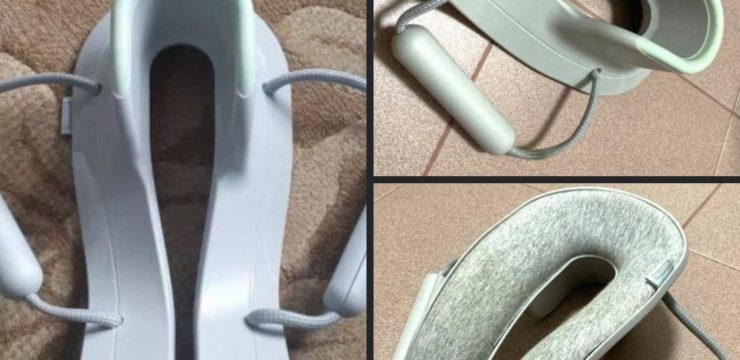In our tech-driven world, it’s common to leave phone chargers plugged in even when they’re not actively charging a device. But did you know that this seemingly harmless habit could be affecting your safety, your electricity bill, and the environment? Here’s why you might want to rethink leaving your phone charger plugged in when it’s not needed.

The Hidden Power Draw of Chargers
Chargers continue to draw power from the outlet even when they’re not connected to your phone. For example, tests with a genuine Apple charger show that it can use about 130 watts of power per month. While this might not seem like much, over the course of a year, that adds up to around 1.5 kWh. If you’re using multiple chargers across your household, the cumulative effect becomes more significant.
Consider this: chargers that aren’t even in use can still consume energy. Larger chargers typically draw more power, and if you’re using non-genuine or off-brand chargers, they could consume up to 10-20 times more energy than original ones. This wasted electricity not only impacts your utility bills but also contributes to higher carbon emissions, which can harm the environment.
Increased Risk of Fire Hazards
Leaving a charger plugged in all the time also comes with potential safety risks. Chargers, especially low-quality or counterfeit ones, can overheat if left plugged in for too long. The danger increases if they are left covered under items like clothing or papers, which can cause them to overheat and potentially catch fire.
While safety expert Glenn LaMay suggests that reputable chargers are designed to pass strict safety tests, the reality is that not all chargers meet these standards. Unbranded or cheaply made chargers are particularly prone to overheating and may lack essential safety features. To reduce the risk of fires, it’s best to only use chargers from trusted brands and unplug them when not in use.
Impact on Your Electricity Bill
Believe it or not, keeping your phone charger plugged in can add to your electricity bill over time. Even if the power consumption per charger seems small, it all adds up, especially in households with multiple devices. For example, leaving just five chargers plugged in around the clock could cost you approximately $0.37 per year. While this might not break the bank, it’s an unnecessary expense that could easily be avoided.
By unplugging chargers when they’re not needed, you can save a bit on your electricity costs while also reducing overall energy waste.
Wasting Energy: The Silent Environmental Culprit
Beyond the impact on your wallet, leaving chargers plugged in contributes to energy waste. This wasted power generates heat, which in turn can make your home warmer and increase your cooling costs during the summer months. More importantly, unnecessary energy consumption contributes to higher carbon emissions, making it harder to achieve sustainability goals.
While newer smartphone and tablet chargers have minimal power draw when not in use, older chargers and those for power tools can be significant energy wasters. Unplugging inefficient chargers is a simple yet effective way to reduce your household’s carbon footprint.
Practical Steps for Safer and More Sustainable Charging Habits
To reduce the risks associated with leaving chargers plugged in, consider these practical tips:
- Unplug chargers when not in use: This small habit can help you save on electricity and reduce fire hazards.
- Invest in smart power strips: These allow you to control your devices remotely and cut off power when not needed.
- Use high-quality chargers: Stick to branded chargers that meet safety standards to avoid overheating issues.
- Be mindful of older chargers: Power tool chargers and older models are often less energy-efficient. Unplug them when not in use to save energy.
Final Thoughts
While leaving a charger plugged in might seem like a minor issue, it can have a ripple effect on your energy consumption, safety, and the environment. By making small changes to your charging habits, such as unplugging chargers when not in use, you can contribute to a safer home and a greener planet.





